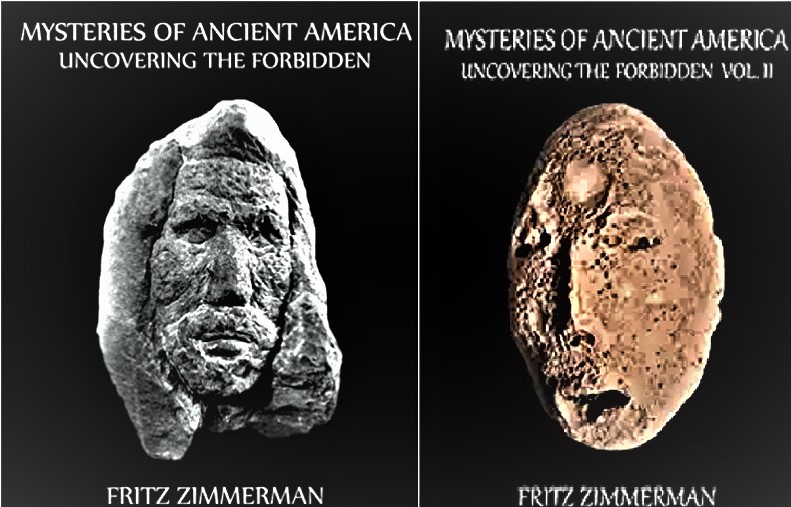Ancient Stone Buildings Diagrammed in Missouri and Franklin County, Indiana
Illustrated History of Missouri, 1879
The stone edifices thus described seem to have been peculiar to Missouri alone, as I find no notices of existing similar works in any other locality, unless those described by Mr. Brown in his Western Gazetteer were such. Those were found near the town of Harrisonville, Franklin Co., in the State of Indiana. They were located on the neighboring hills, northeast of the town. The ruins of quite a number were observed, all of which, it is stated, were built of rough, unhewn stone. The walls were leveled nearly to the foundations, and covered with soil, brush and full-grown trees. Mr. Brown informs us that "after clearing away the earth, roots, and rubbish from one of them, he found it to have been anciently occupied as a dwelling. It was about twelve feet square. At one end of the building was a regular hearth, on which were yet the ashes and coals of the last fire its owners had ever-enjoyed, for around the hearth were the decayed skeletons of eight persons, of different ages, from a small child to the head of a family. Their feet were all pointing towards the hearth, which fact suggests the probability that they were murdered while asleep." The bottom lands in this region are said to have abounded in mounds similar to those described elsewhere, and containing human bones, implements of stone, and a superior article of glazed pottery. A skull taken from one of them was found pierced with a flint arrow which was still sticking in the wound, and was about six inches long. The stone dwellings described by Mr. Brown were evidently of inferior construction to those of Missouri. The authors of the latter showed no mean skill in architecture; while the rough and ruder walls of the Indiana structures, their diminutive size, along with the fact of the whole family lying together on the floor, would indicate a social condition but little removed from barbarism. Whether their builders belonged to the race of the mounds in the valleys near, is not certain, and the means of deciding the question are doubtless destroyed.

















